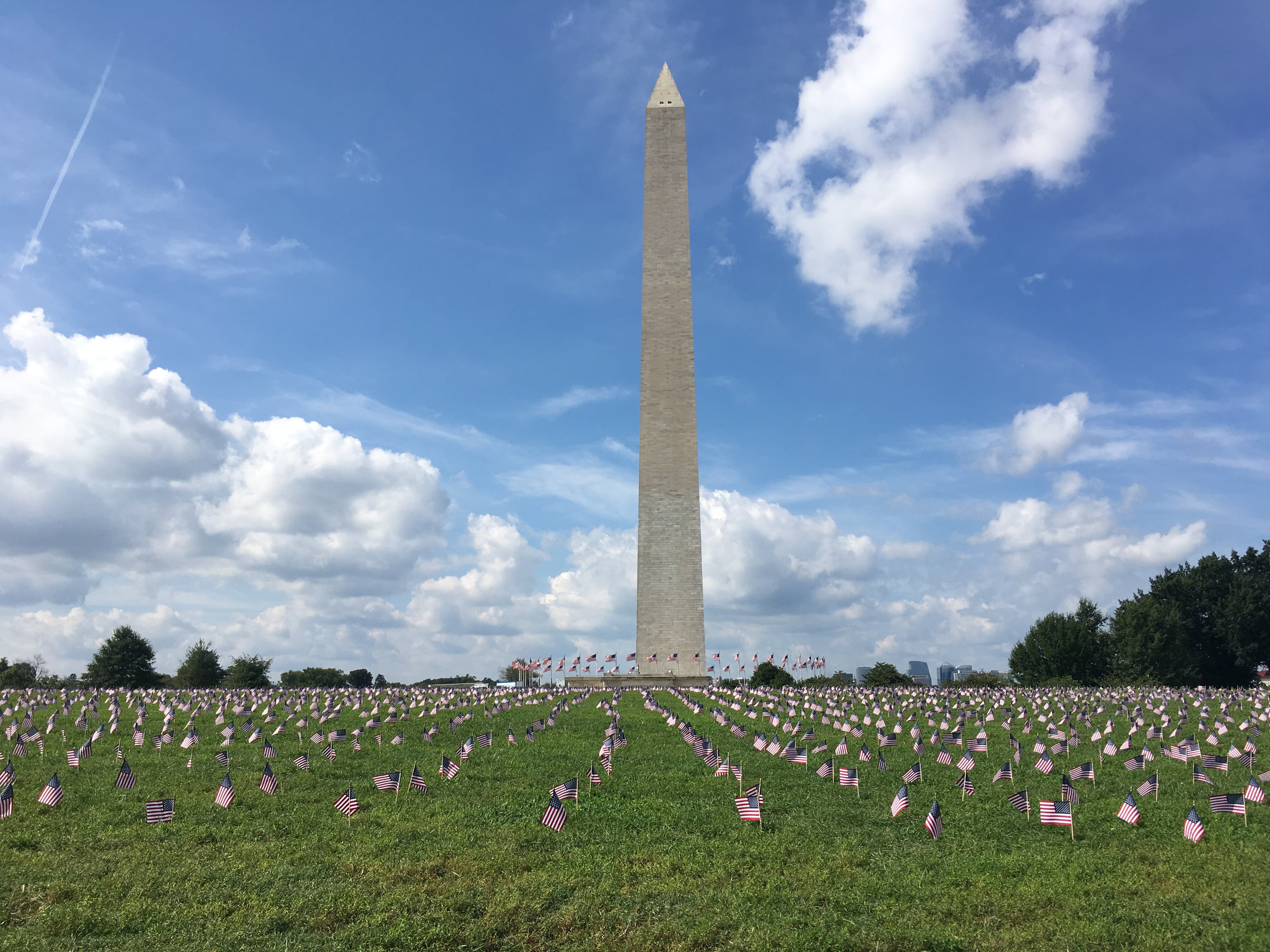Despite three suicides in six days on Veterans Affairs campuses earlier this month, department officials are confident they have made progress in preventing such deaths.
At least 24 suicides have occurred on VA campuses in the last 18 months, the most recent two weeks ago when a veteran shot himself in front of a crowd in the lobby of a Texas VA outpatient clinic. That came less than a week after two other veterans died by suicide at separate VA locations in Georgia.
“We’re struggling to find any single trend with that group,” said Dr. Keita Franklin, national director of suicide prevention at VA. “Compared to the overall (number of veteran suicides), that number is small … But we’re very concerned about anything that happens on our campuses.”
And the sudden spate of deaths doesn’t reflect recent progress at department hospitals, VA officials argue. In fact, outside health experts have lauded VA officials for their work on the issue in recent years.
RELATED

Last fall, the Joint Commission — an independent non-profit that tracks more than 21,000 health care organizations nationwide — noted the rate of suicide in VA medical centers sits below that of the private sector, and dropped more than 80 percent (to 0.74 per 100,000 admissions) following department focus on the problem.
The figures “suggest that well-designed quality improvement initiatives can lead to a reduction in the occurrence of these tragic events,” researchers wrote.
The contradiction of progress with suicide prevention at VA versus a rise in publicly visible deaths will get renewed focus next Monday, when members of the House Veterans’ Affairs Committee hold a hearing on VA suicide prevention efforts.
Already one lawmaker — Rep. Max Rose, D-N.Y., and an Afghanistan war veteran — has introduced legislation pushing for more information on all suicide attempts at VA campuses, arguing that more information on the cases needs to be made public to stem the problem.
Franklin acknowledged the higher-profile nature of those recent suicides does add to the urgency of finding solutions.
In some cases, the suicides on VA campuses are in part a response to problems with VA care, although Franklin notes that such extreme actions are rarely spurred by a single reason. At least two veterans who died left notes blaming VA for not providing enough health care.
Other veterans may have selected the sites to ensure their discovery, and because VA officials could inform their families in a professional, less abrupt manner. Franklin said researchers have not found a single explanation — or a single solution — to the issue.
As a result, VA has not ordered any specific changes at facilities nationwide in response to the public suicides. Franklin said there has been a full review following each of the deaths — and 240 other suicide attempts on VA campuses that were prevented — to ensure appropriate patient outreach and response protocols are in place.
VA already offers same-day mental health care for veterans, and last fall implemented a new Safety Planning Intervention program as part of a broader suicide prevention effort. That includes a checklist for physicians and patients of possible triggers and warning signs, quick contacts for assistance, and environmental threats such as drugs or firearms.
But department officials have rejected the idea of metal detectors at VA medical facilities, even after the Texas shooting, because “it would create a barrier to entry that might drive patients away.”
Franklin said national officials have required local leaders to review their safety and security plans, and are holding frequent conference calls to share successes and challenges with regional leaders.
And regional officials have taken their own steps to address the issue. In North Carolina, VA leadership has begun training parking lot attendants and front-line volunteers to identify signs of suicidal behavior and how to respond.
The administration at Bay Pines VA Medical Center in Florida — which has seen five suicides on its campuses since 2013 — has more than doubled its suicide prevention staff in the last nine months (from four to 10) and increased surveillance around campuses, to watch for similar warning signs.
RELATED

Earlier this year, President Donald Trump created a new task force on preventing veterans suicide with a deadline of next spring to propose sweeping new approaches to the issue. VA Secretary Robert Wilkie is leading that effort, and the progress so far will be another talking point at Monday’s hearing.
Franklin noted that of the 20 veterans who died by suicide daily, about 14 have little or no contact with department programs or personnel. That puts extra urgency on community outreach.
“We know this will take a national effort,” she said. “VA can’t do this alone.”
Veterans experiencing a mental health emergency can contact the Veteran Crisis Line at 1-800-273-8255 and select option 1 for a VA staffer. Veterans, troops or their families members can also text 838255 or visit VeteransCrisisLine.net for assistance.
Leo covers Congress, Veterans Affairs and the White House for Military Times. He has covered Washington, D.C. since 2004, focusing on military personnel and veterans policies. His work has earned numerous honors, including a 2009 Polk award, a 2010 National Headliner Award, the IAVA Leadership in Journalism award and the VFW News Media award.





